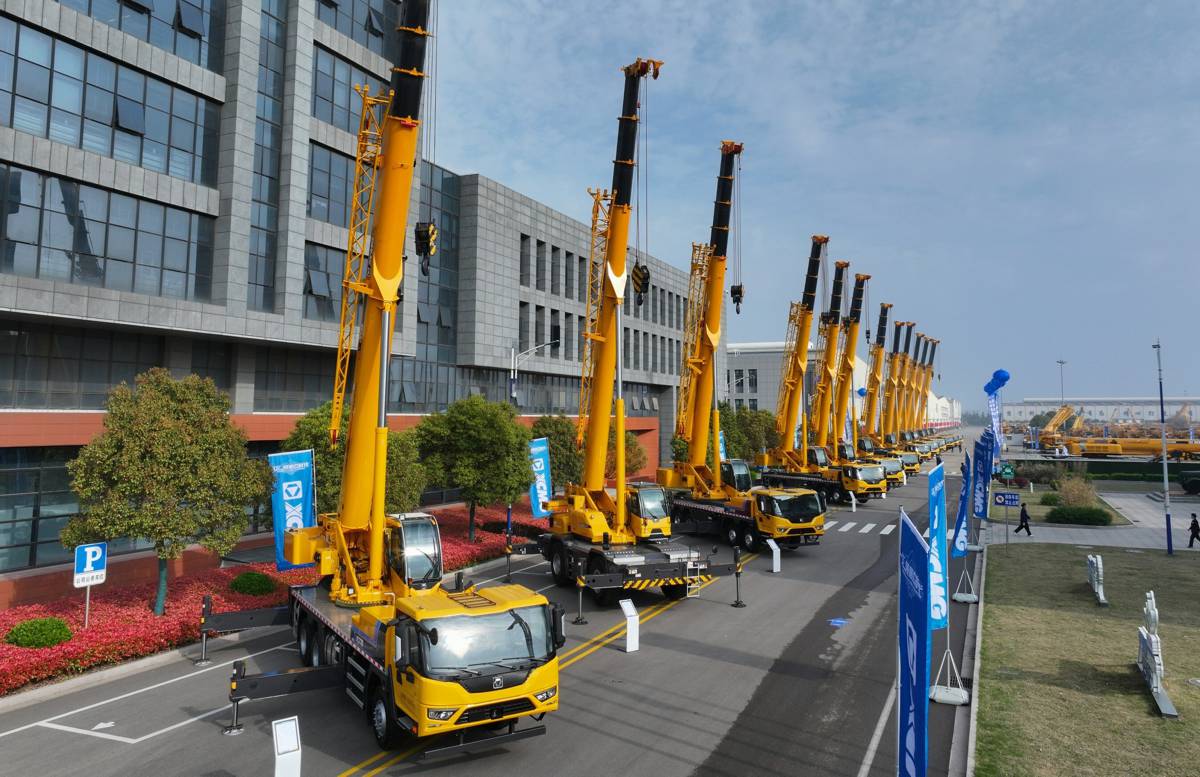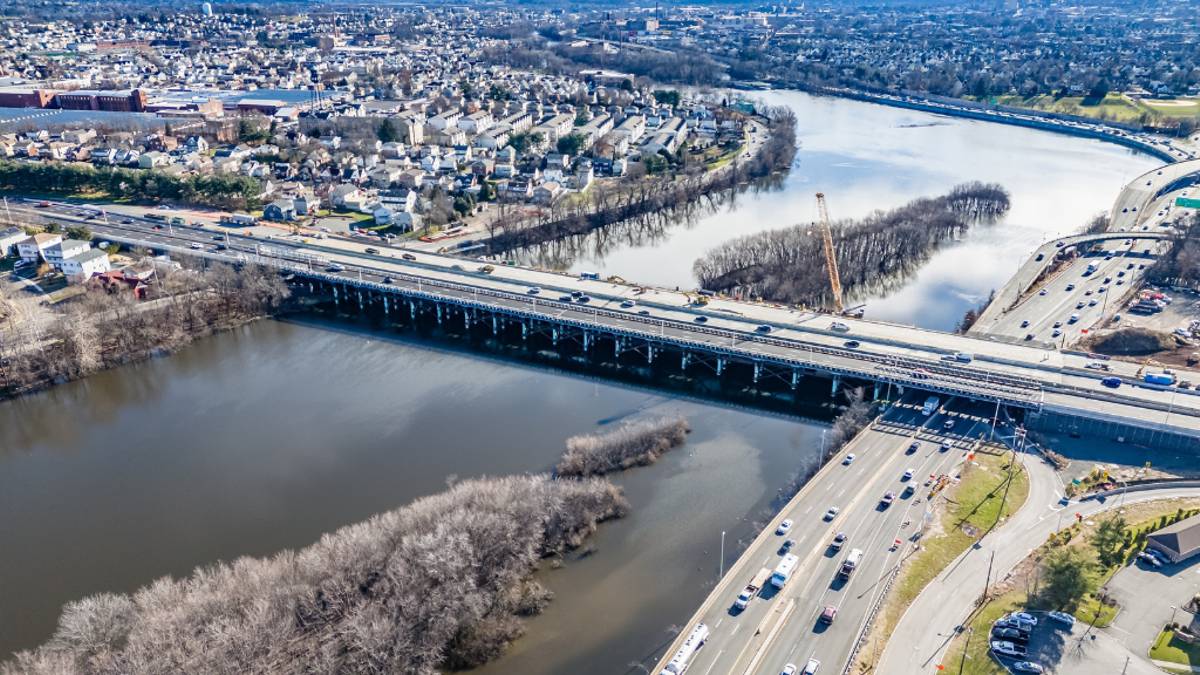The right data infrastructure is crucial for running of our roads
Knowing who and what are using the UK’s roads has never been more important. As the world moves towards an autonomous future it’s important to note that we are not starting from scratch in being able to create a data infrastructure that guides us on how our roads are being utilised, be they strategic, trunk or urban.
By monitoring the interaction between travellers and the road infrastructure, operators can obtain the relevant data to reduce the risk of congestion and optimise traffic flow. With existing solutions including vehicle detection, count and classify and journey time monitoring all providing access to this data, can road operators really afford not to invest in developing the range of solutions available to them?
Strategic road network
According to Highways England’s 2017 Strategic Road Network Report, more than four million vehicles use the country’s motorways and major trunk A roads every day. Two thirds of these vehicles are freight – a figure known because of being able to monitor the network.
Inductive loops have long been trusted to provide information on motorway traffic flow and underpin network monitoring in relation to DBFO contracts (Design, Build, Finance, Operate). With payments dependent upon the volume and classification of vehicle use, it is vital to have an accurate record of traffic flow. At Clearview they have more than 20 years’ experience in this field which is why 12 of the 17 major DBFO contracts use data coming from their count and classify system, with SLA’s of above 99% of data availability.
Away from financial contracts, the importance of managing traffic flow on motorways has never been more pressing. With the expansion of SMART motorways and absence of continuous hard shoulders, it is essential to monitor the network, so drivers can be forewarned of incidents and adjust their speed or lanes accordingly. Failure to do so can lead to erratic or sudden braking causing tailbacks, or worse, potential new accidents.
With a new focus on less invasive monitoring technology at the fore of Highways England thinking, Clearview’s wireless vehicle detection sensors can provide an equivalent alternative to inductive loops to monitor the density and speed of traffic. This enables operators to advise drivers of an approaching issue using MIDAS systems (Motorway Incident Detection and Automated Signalling).
Recent trials on the M1/A1 link road have proven the sensors’ validity against loops with the trials concluding that the equipment performs like-for-like compared with inductive loops at similar locations. NTIS has also confirmed that wireless sensor data was suitable for vehicle clarification.
The same wireless sensors can also be used to implement complementary motorway ramp metering. When queues on the slip road begin to grow, data is relayed to the traffic signals to instruct a green sequence allowing vehicles to enter the motorway in controlled phases, preventing a backlog of congestion.
Trunk roads
Like motorways, trunk roads accommodate a high volume of vehicles but present different challenges in ensuring an efficient flow of traffic.
On occasions, incidents which impact on traffic flow can be dependent on vehicle class. This was the case on the A590, where HGVs turning out of a side road were putting traffic at risk of over-hang side-on collisions whilst they waited in the central reservation to join the dual carriageway. By using the same count and classify system to detect only when HGVs were turning, a vehicle activated sign was triggered to warn approaching vehicles to slow down, reducing the risk of collisions and subsequent road closures.
As many trunk roads are single lane carriageways, a disruption to traffic flow or road closure can have far reaching consequences which can include lengthy diversions, congestion and tailbacks, often impacting on residential areas. By monitoring the time taken for vehicles to travel between two designated points, road operators can be notified to an incident if the travel time begins to exceed what is considered normal.
Clearview’s Journey Time Monitoring application provides automated alerts regarding slowing or stationary traffic, enabling operators to locate and resolve issues faster. This journey time technology can also be used to predict and monitor the impact on road usage if new roadworks and diversions are to be put in place. Knowing the live journey times allows for variable message signs (VMS) to display anticipated journey times, providing road users with choices on routes, thus reducing frustration from queueing for unknown reasons.
Urban roads
Town and city centre congestion impacts on more than just drivers; it affects air quality for residents, business for traders and the overall reputation of the area.
Whether the purpose of their visit is business or pleasure, one of the major frustrations for drivers in urban areas is searching for somewhere to park. However, by utilising car park monitoring systems alongside journey time applications with VMS, car park operators can advertise capacity, directing drivers to available spaces without the need for unnecessary journey time.
Another pitfall in effective urban traffic flow can be at junctions, particularly those which are controlled by traffic signals. By utilising wireless vehicle detection sensors to monitor how far back traffic is queuing, MOVA or SCOOT solutions can be installed. This will optimise the flow of traffic in an automated manner by ensuring a longer green light sequence for lengthier queues.
Let us take you on a journey
With more vehicles on the road than ever before and Highways England preparing for an increase in demand over the coming years, network monitoring can no longer be optional. And nor should it be. In order to plan for the needs of the future, it is important to understand the trends of the present. And that can only be done through research and monitoring.















